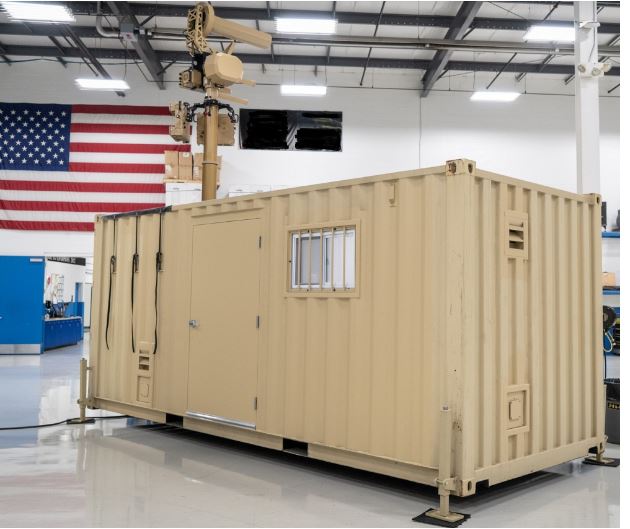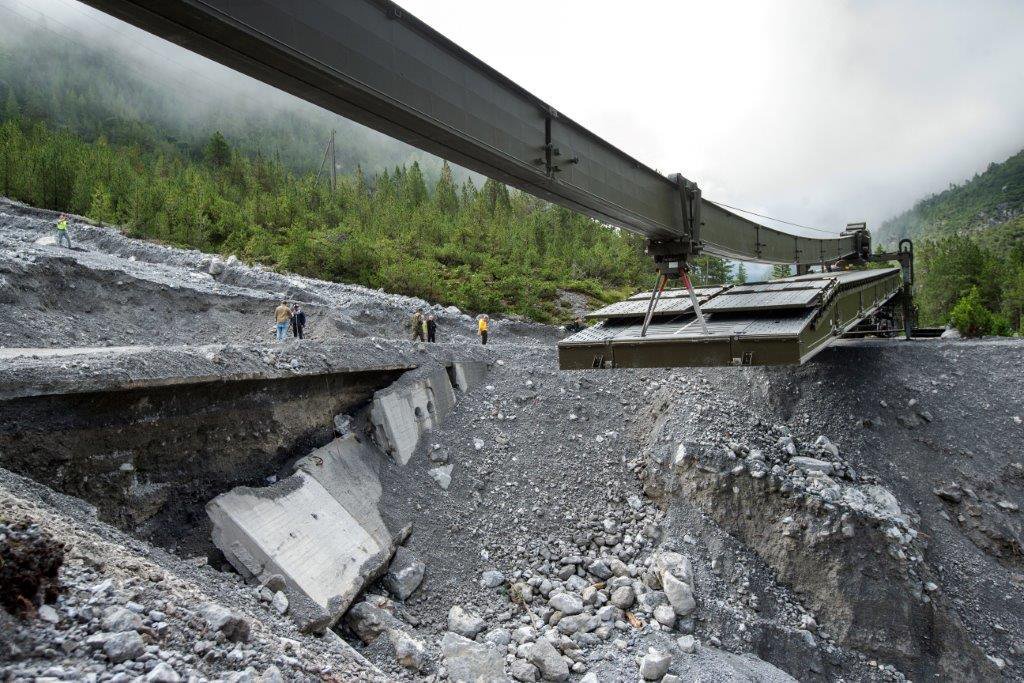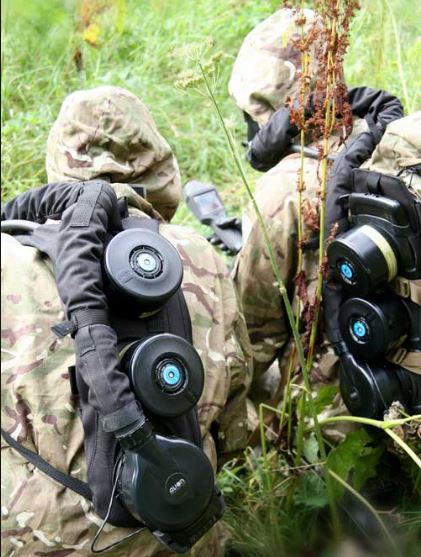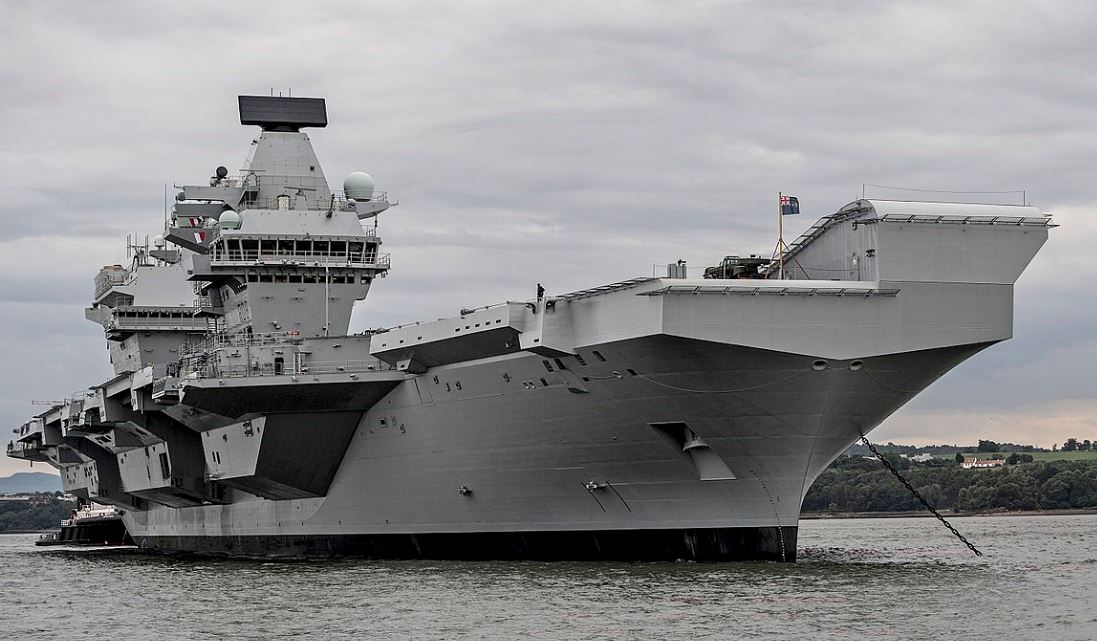News & Events
- Details

The US version of the AUDS system first deployed with the US Army in late 2016 and has fast become the go to defense system in combat. With many systems already in the field providing real world experience, against very real threats, Liteye is developing more advanced capabilities that can be layered into their solutions. These advancements will be needed to combat the growing threat today, and for years to come, from the fast growing unmanned or robotic systems market.
“The unmanned systems industry is innovating at an incredible rate.” said Kenneth Geyer, CEO of Liteye, “Unfortunately with all the great benefits that provides it also spawns the rogue operator who uses that tech in a malicious way. At Liteye our goal is to stay ahead of that threat.”
Liteye’s close partner companies of Pratt & Miller, Numerica, and Chess Dynamics form the core team that is producing the new C-AUDS variant in Centennial. This containerized system features a state-of-theart operator suite, hardened for use in any climate, that can easily be moved between locations. The platforms innovative design allows for the ability to “Bolt on” new technologies in the future as threats evolve in the field.
Liteye is now deploying and supporting their AUDS, M-AUDS, M-AUDS-KE, and C-AUDS variants of their CUAS system. All four have the capabilities to detect, track, identify, and defeat enemy UAS with layers of different technologies coming together to create a solid line of defense.
- Details
 Under the Land 155 Enhanced Gap Crossing Capability Project, the Australian Defence Force (ADF) has taken delivery of the first scheduled tranche of WFEL’s rapidly-deployable military bridges, including Dry Support Bridges and Medium Girder Bridges. This project milestone includes some of the first configurations of the Dry Support Bridge launching vehicle on a fully-armoured Rheinmetall MAN Military Vehicle (RMMV) 45m 10 x 10 chassis.
Under the Land 155 Enhanced Gap Crossing Capability Project, the Australian Defence Force (ADF) has taken delivery of the first scheduled tranche of WFEL’s rapidly-deployable military bridges, including Dry Support Bridges and Medium Girder Bridges. This project milestone includes some of the first configurations of the Dry Support Bridge launching vehicle on a fully-armoured Rheinmetall MAN Military Vehicle (RMMV) 45m 10 x 10 chassis.
The Dry Support Bridges (DSBs), capable of carrying over 120 tonnes, have been delivered following extensive trials at the UK’s Millbrook Proving Ground, to verify both off-road and on-road capability and in accordance with a series of demanding mandated Specifications, Audits and Project Reviews determined by the Australian Government. Also supplied for Land 155 are WFEL’s double-storey, link-reinforced Medium Girder Bridge systems (MGBs), which can span up to 49 metres and which will be supplemented by additional portable Pier and Span equipment, allowing bridges of up to 76 metres to be constructed.
As the bridges provide temporary infrastructure and will be used in the ADF’s Combat Support and Disaster Relief operations, both DSB and MGB bridging systems are being delivered complete with walkways, to allow the separation of vehicular traffic from pedestrians. WFEL’s comprehensive Integrated Logistics Support package is also being supplied, to cover through-life support for the bridges.
The adoption and acceptance of the latest variant of the DSB by Australia further helps to support WFEL’s position in respect of ‘Project Tyro’, the Assessment Phase program contract that it won to look at replacing the UK’s ageing BR90 systems nearing their end of service.
- Details

The single filter Avon EZAir is the smallest and lightest CBRN powered respirator available with cost of ownership per use at nearly half that of PAPRs. The low profile MP-PAPR provides supreme user comfort through its unique flexible construction and hydration integration capability. The market leading in-mission response flexibility of the CS-PAPR provides the tools necessary to keep pace with rapidly changing threats. These three modular CBRN hardened systems provide the level of protection needed to meet ever-changing mission demands.
An intelligent CBRN blower with its flow control technology and alarm systems is used in all AvonAir systems. The modularity even extends as far as the mask and filters with owners of Avon masks able connect to their new powered air system and meet NIOSH CBRN requirements using the Avon CBRN canister.
- Details

A Mk II Merlin from 820 Sqn was used to perform multiple approaches and perimeter views of the RN’s new aircraft carrier at night. The NVG images were captured on a specially formatted system using Consolite’s NVGs. The resulting imagery was evaluated by the Consolite Team and a report submitted to the RN.
Any flight over water at night requires aircrew and passengers to complete Dunker Training, in this case at the Under Water Escape Training (UWET) Unit at RNAS Yeovilton. The trainee must be able to escape from an aircraft underwater, upside down, in the dark from a belted position in the aircraft. The training was familiar to those Consolite staff who had been involved in approaches to Invincible Class ships on Chinook and Sea King.

